Action! After 8 years of refurbishment, the Naval museum (musée de la Marine) of Paris has just reopened its doors to the public with a completely revamped scenography that is both modern and fun. And for the very first exhibition in this new-generation museum, the Musée de la Marine is looking at the place of the ocean in cinema, a recurring theme in the seventh art.
Why does the ocean fascinate film-makers and viewers alike? What does the sea symbolise, and what technical inventions have made it possible to film it ever more realistically? The “Ocean Filmed” (“Objectif mer: l’océan filmé “) exhibition looks back over more than a century of cinema that has developed a passion for the marine world. On view until 5 May 2024.
This article has been produced in collaboration with the Musée de la Marine, but I reserve the right to make my own comments.
Cinema before cinema
For a long time, the sea was an inaccessible dream for human beings. A moving, deep, dangerous element, synonymous with drama and shipwrecks… it was one of the very first sources of inspiration for cinema.
Like the painter Courbet, who sought to capture the movement of the waves in his canvases, people very early on set themselves the challenge of depicting the oceans. Long before the invention of the Lumière brothers, lantern shows and optical theatres attempted to reproduce the marine world.
Thanks to numerous loans, notably from the Cinémathèque, the exhibition presents an archaeology of cinema before cinema, with a number of devices that made it possible to project images, in some cases as early as the 17th century.
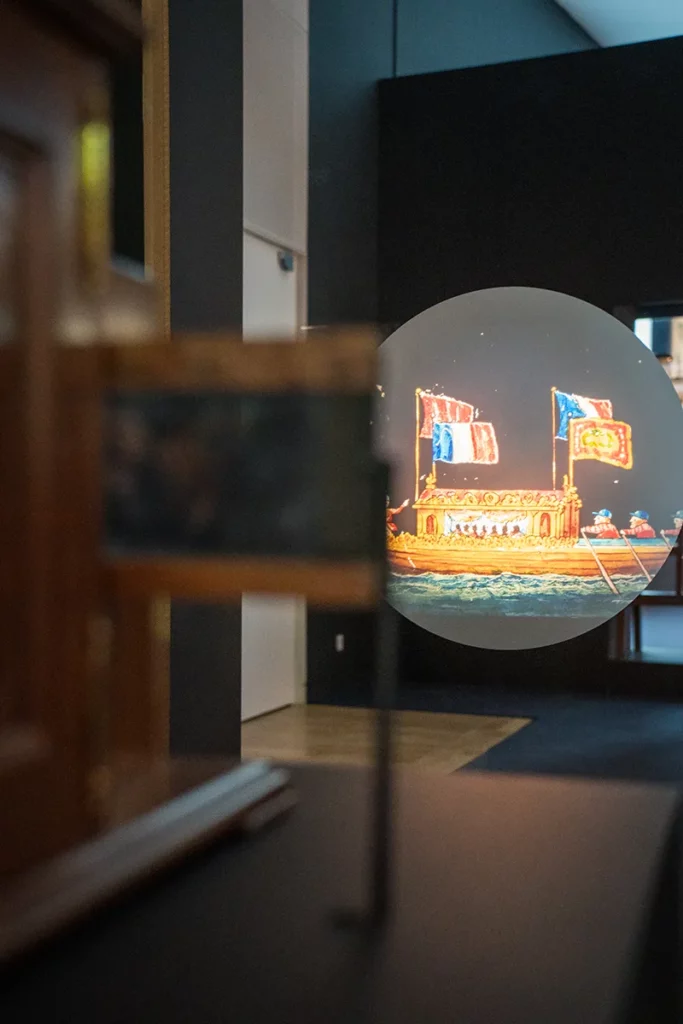


Filming the sea: a technical challenge
From the 19th century onwards, a succession of technical innovations made it possible to explore, film and document the seabed. Several scientific expeditions saw the light of day with increasingly sophisticated equipment, capable of coping with pressure constraints and filming at ever greater depths.
Take your seats!
Sit back and relax as the exhibition invites you to discover some film extracts, (almost) as if you were at the cinema.

Cinema then seized on these discoveries to produce documentary films, but also to imagine dreamlike and fantastic stories.
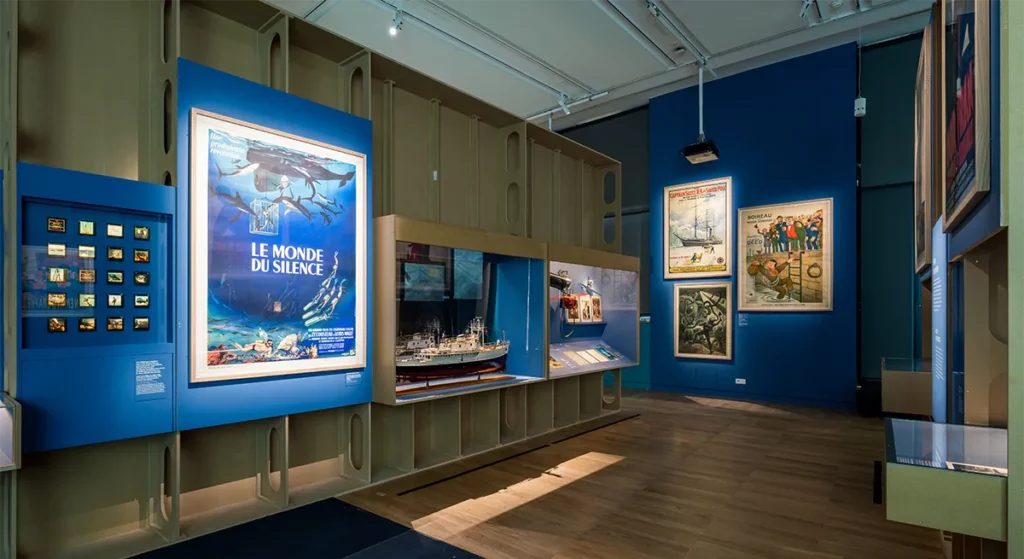
John Ernest Williamson, pioneer of underwater cinema
The Englishman John Ernest Williamson left his name in the history of cinema for being the first to film the underwater world. To do this, he used the “Photosphere”, a circular box invented by his father in 1903 that could house a human being. In this heavy steel ball placed in the ocean and connected by a long tube to a boat, Williamson was able to install his camera and bring back spectacular images.
The ocean, stage for the most dramatic stories
From the 1920s onwards, screenwriters were fascinated by the oceans. Inspired by old stories or books, these films tell romantic tales, tinged with love and hate, vengeance and passion, to the delight of audiences.
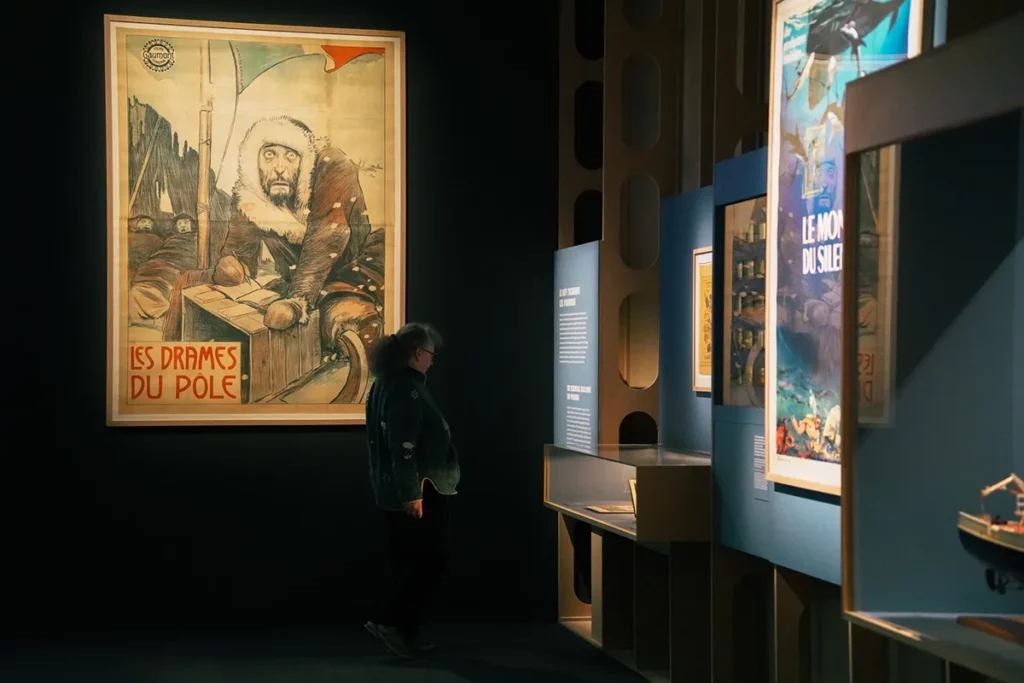
Pirate films were born, depicting an often terrifying marine world where people fight for survival and freedom in the midst of a savage and merciless universe. But sailing is also about living in a community in a confined space, a life on board that can sometimes be complicated, and this is also reflected in the films.
The exhibition features a number of films that have left their mark on people’s minds through their naval battles, including Master and Commander (2003) and Those Who Serve the Sea (1942).
Titanic, the most memorable film
The sinking of the Titanic may not have been filmed, but its story has been told several times in the cinema. James Cameron’s 1997 film left a lasting impression on a whole generation of viewers. To achieve a realistic rendering, the technical team had to deploy innovative means: near life-size models, reconstitution of interior sets, special effects and the use of a special camera for underwater shots.
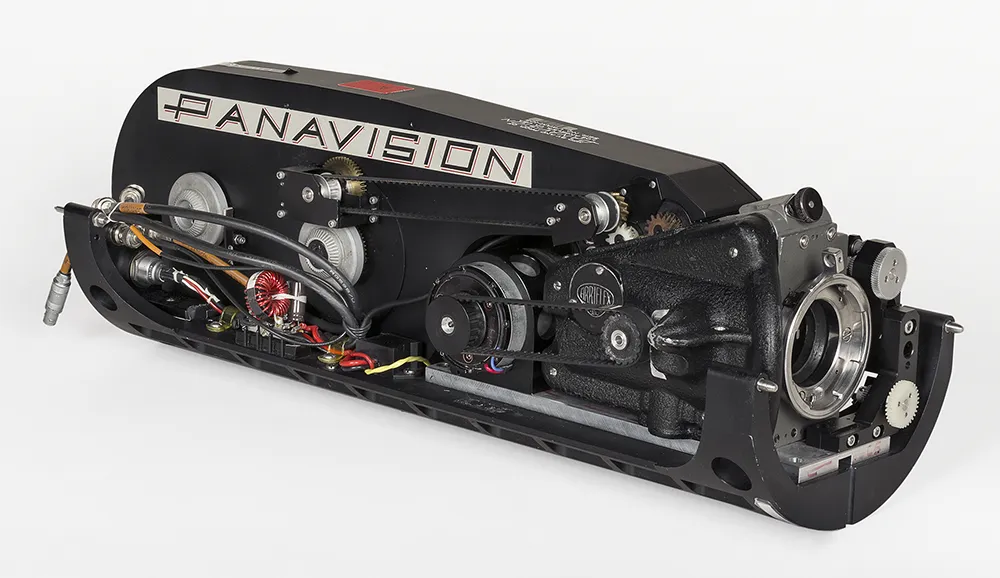
Raging seas inspire scriptwriters
Whether in literature or film, the ocean is rarely portrayed as a peaceful universe. On the contrary: films and novels alike remind us of our pettiness in the face of nature.
While some real events inspired the scriptwriters, most of the films plunge us into a dreamlike world with unexpected creatures.
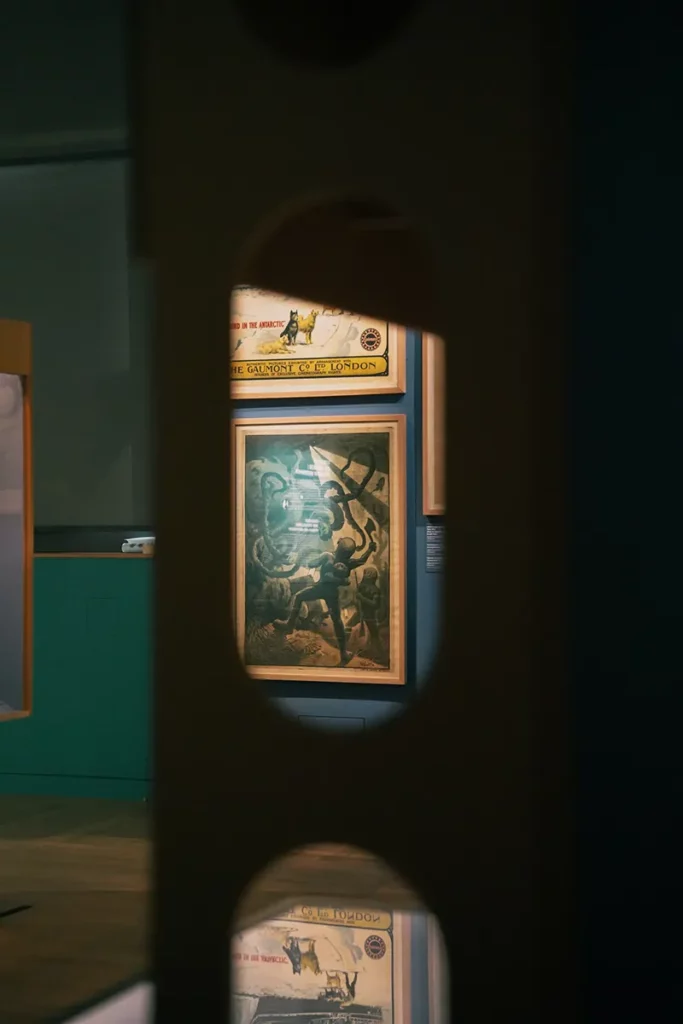
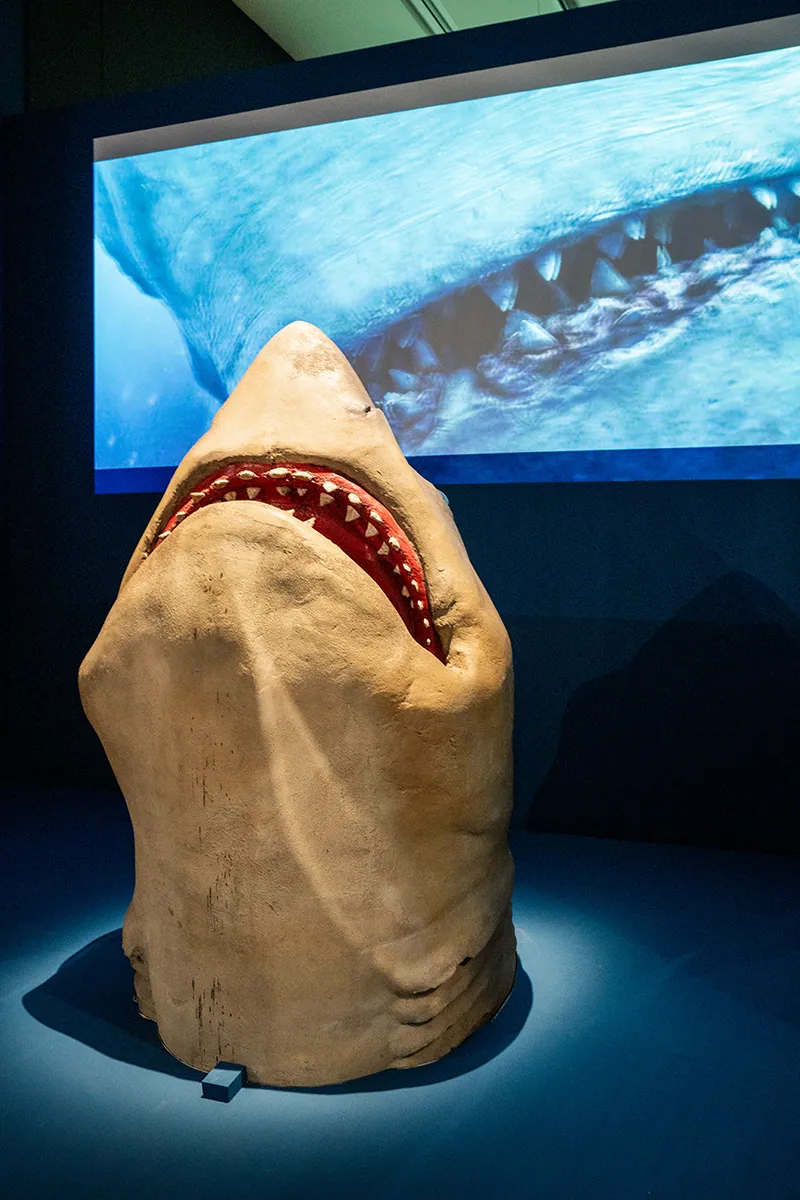

A completely revamped museum
After 8 years of work, what was once a museum of history has become a museum of society, highlighting the importance of the marine world in our lives. The message of the new-generation Musée de la Marine: The sea is our future!
With its many models, interactive displays and immersive scenography, the Musée de la Marine is a place designed for young and old alike, making it totally suitable for families.
If you go to the museum to see the exhibition, take the opportunity to explore the fascinating permanent exhibition.
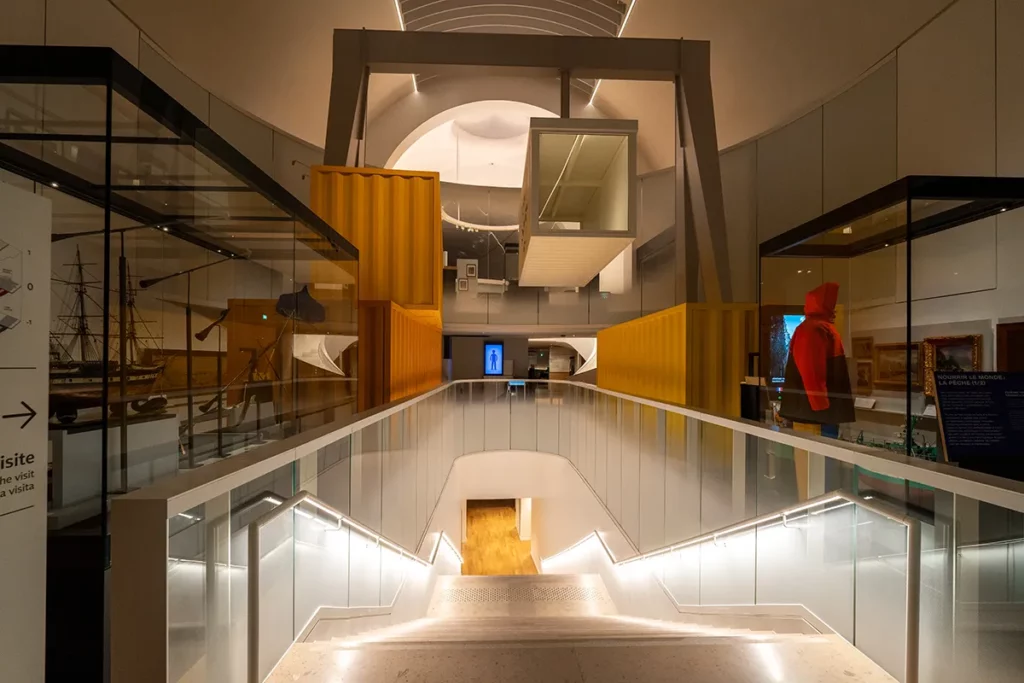
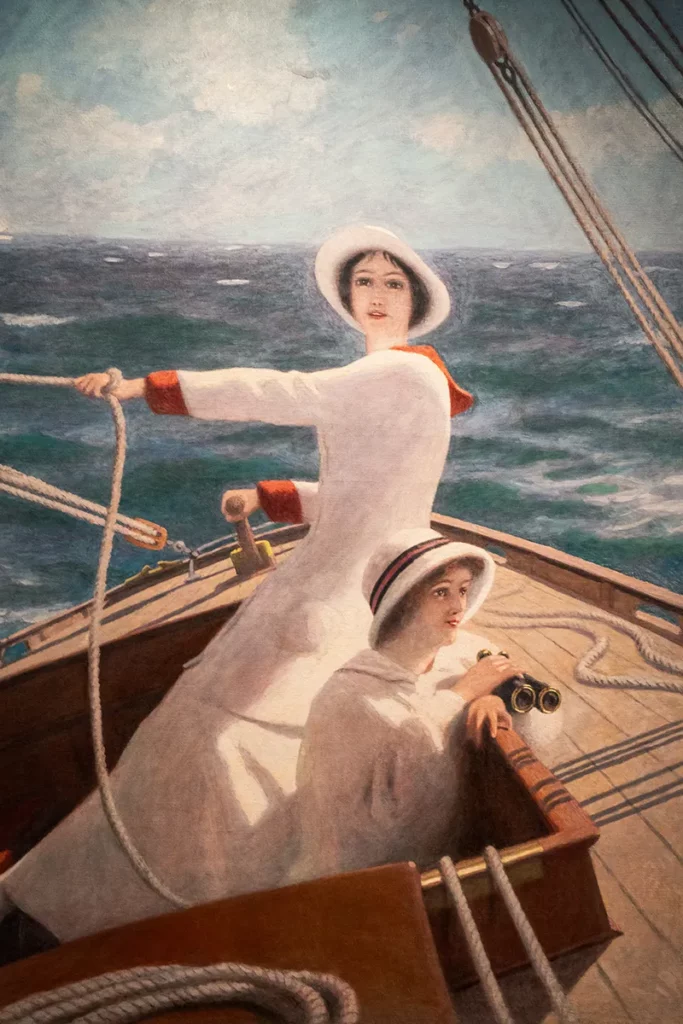
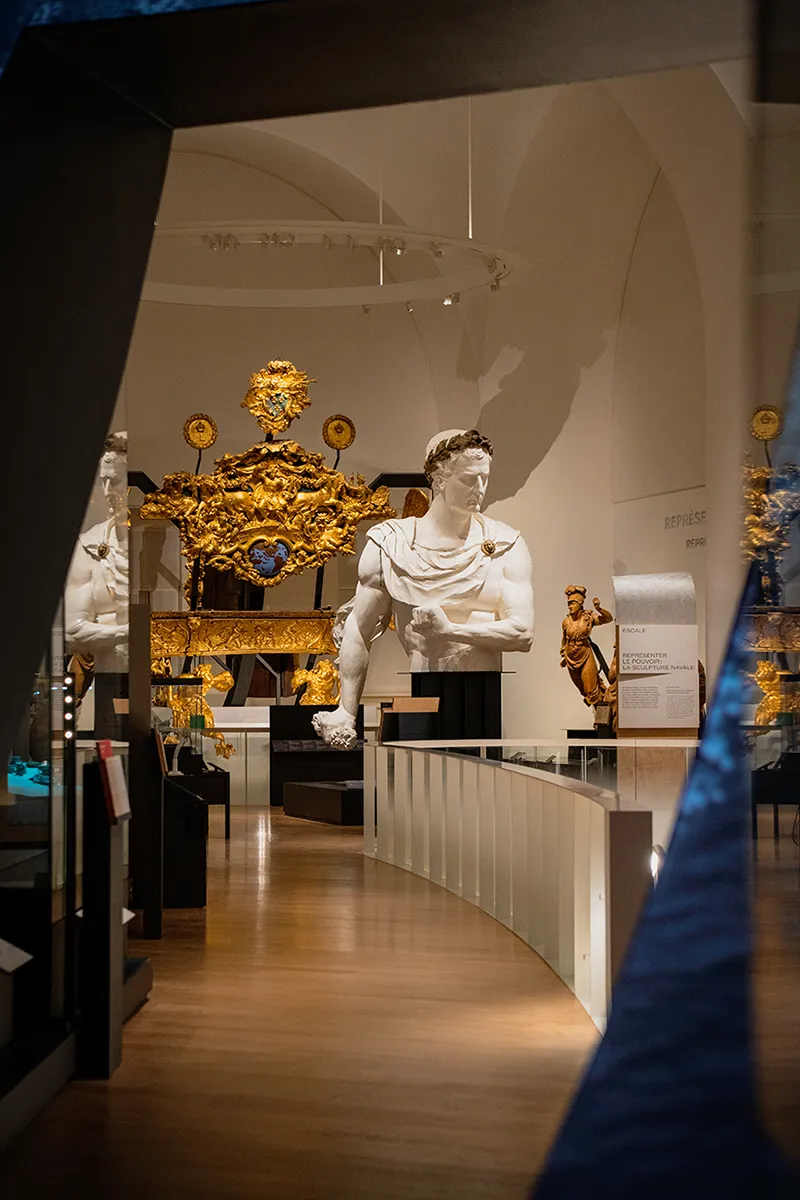
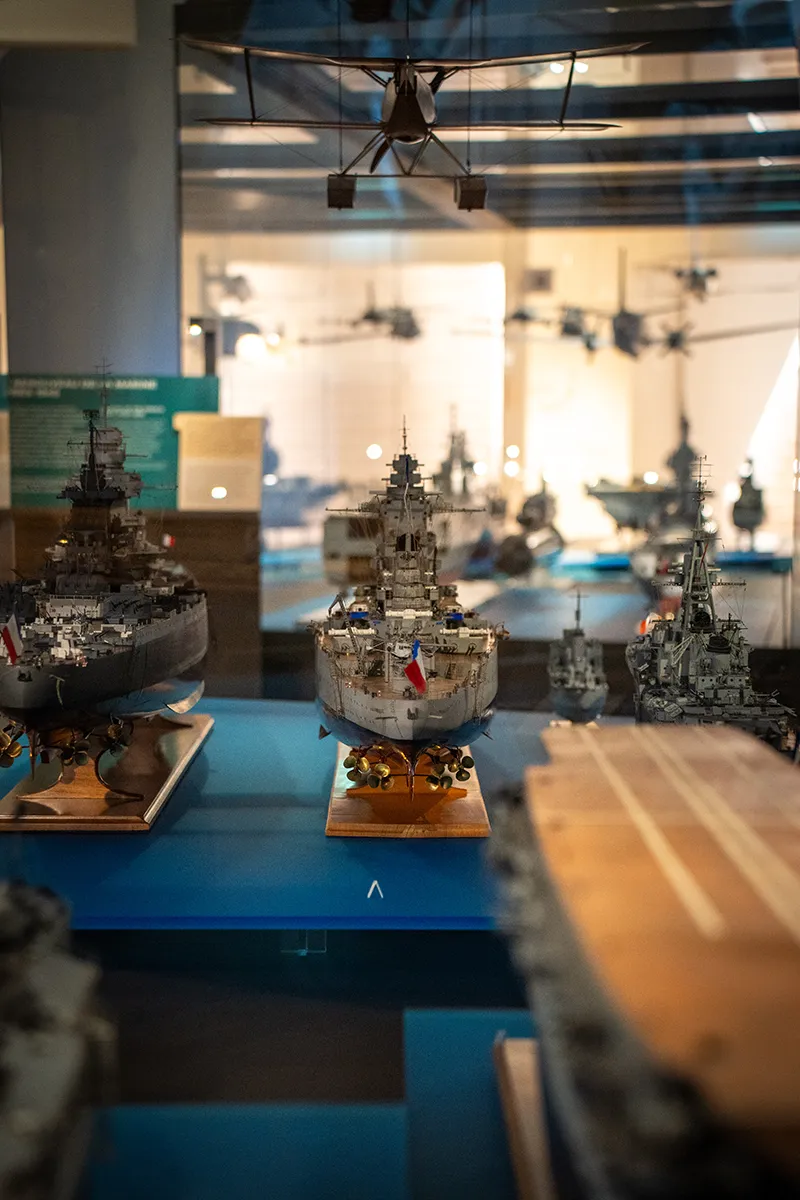
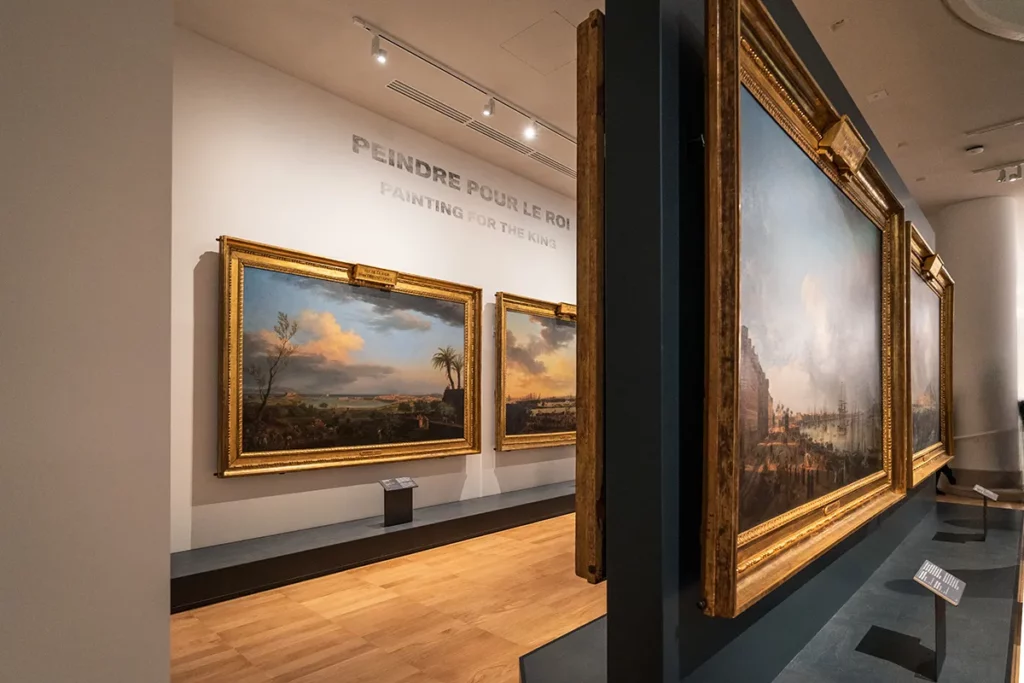
Useful informations
Address:
17 place du Trocadéro et du 17 novembre
75016 Paris (France)
Opening times :
Until 5 May 2024
11am to 7pm every day except Tuesday
Nocturne on Thursdays until 10pm
Website :
musee-marine.fr
Prices :
Full price: €15
Reduced rate : 11 €
1 reduction for online bookings
Free for under-26s
This article was produced in collaboration with the Musée de la Marine, but I reserve the right to make my own comments.
Unless otherwise stated, the photographs used in this article are the property of Culturez-vous and may not be reused without written authorization.

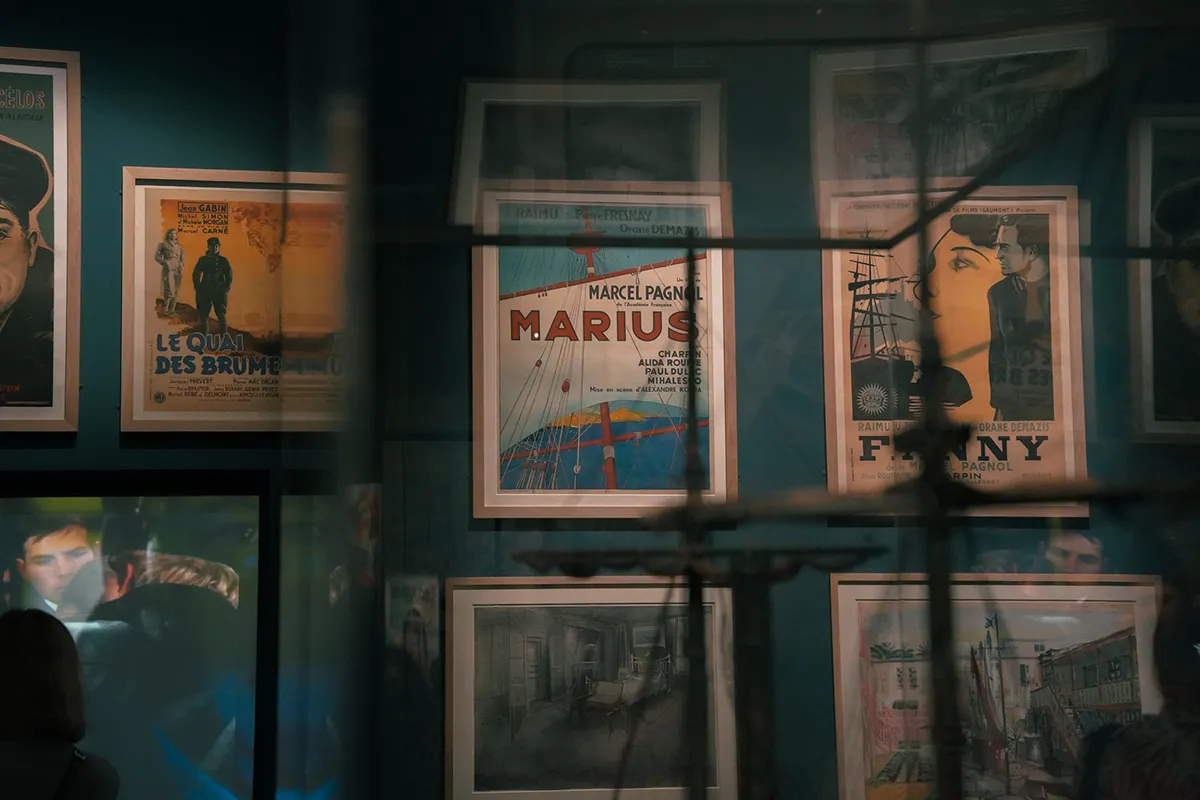



No Comments
Leave a comment Cancel